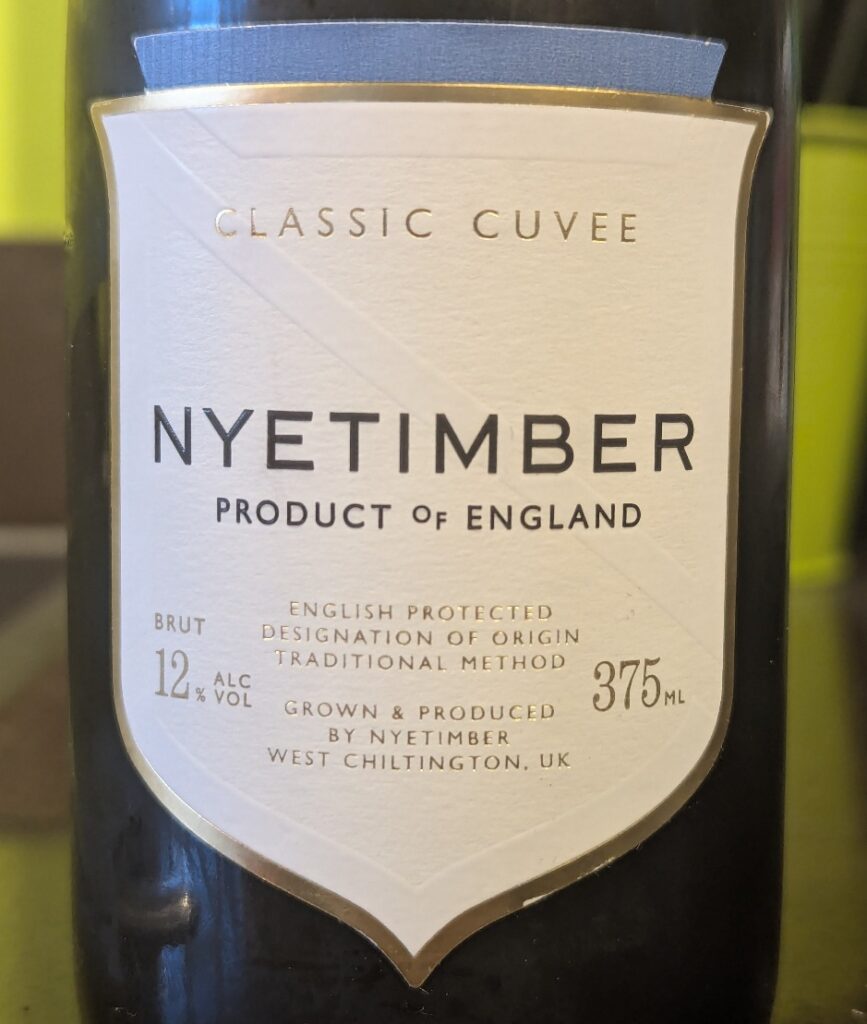
Nyetimber’s Classic Cuvée is their flagship sparkling wine, made in West Sussex using the same traditional method employed in Champagne. Nyetimber has gained serious recognition over the years, most notably through the achievements of their head winemaker, Cherie Spriggs. In 2018, she became the first person outside of Champagne, and the first woman, to be named Sparkling Winemaker of the Year, a testament to the exceptional quality found in each bottle.
Made from the classic grape trio of Chardonnay, Pinot Noir and Pinot Meunier, it’s a wine that consistently impresses. This particular format is a half bottle, ideal for those moments when you want a glass or two without opening a full-sized bottle.
If a wine is made using the traditional method, where the second fermentation takes place in the bottle, does this also apply to half bottles? Not necessarily. While the traditional method usually involves a second fermentation in the very bottle that reaches the consumer, some producers, Champagne included, use a different approach for smaller (and larger) formats like half bottles. In some cases, the wine is initially fermented in standard bottles and then transferred into half bottles, a process known as the transfer method. However, this isn’t always the case. I asked Nyetimber about their process, and they confirmed that their half bottles do indeed undergo the second fermentation directly in the bottle, staying true to the traditional method.
This, 12% ABV, wine starts with an enticing aroma of citrus and shortbread, and tasting, it delivers notes of peach, biscuit, citrus fruits and green apple. Despite the smaller format, the bubbles remain lively and persistent. It definitely benefits from a bit of time out of the fridge. Give it at least 20 minutes to warm slightly so the full complexity of flavours can shine through.
I personally tasted this wine the day after an extensive Champagne tasting and I can honestly say it held its own, even outperforming many of the more expensive Champagnes sampled the day before. The smaller bottle is a great option for those times when you want a smaller quantity without compromising on quality. However, be aware that half bottles may age slightly faster than full-sized ones, so it’s best not to store them away for too long.
I got this one from Majestic, where it’s priced at £20.00 as part of their Mix Six offer. According to their website, 94% of 108 customers would buy it again, and I can see why.













